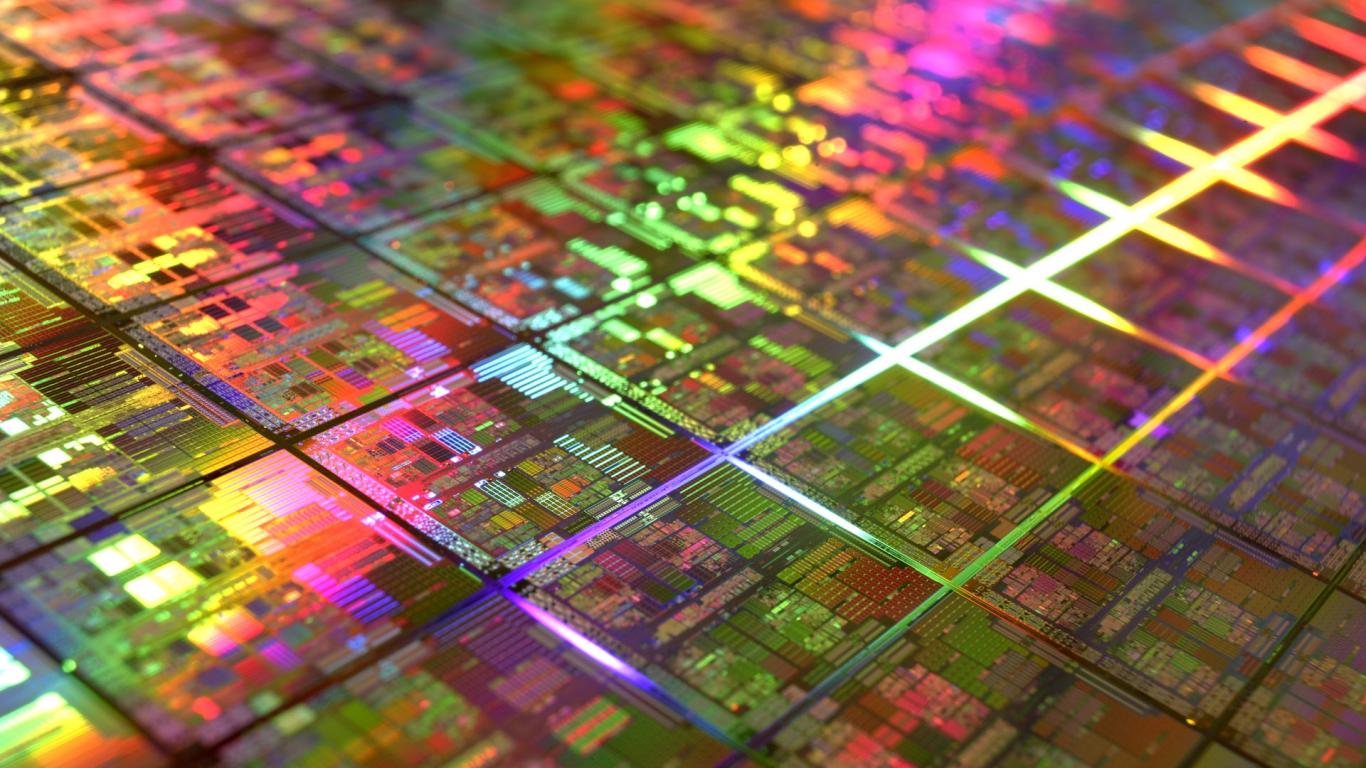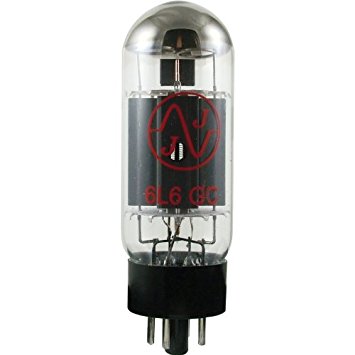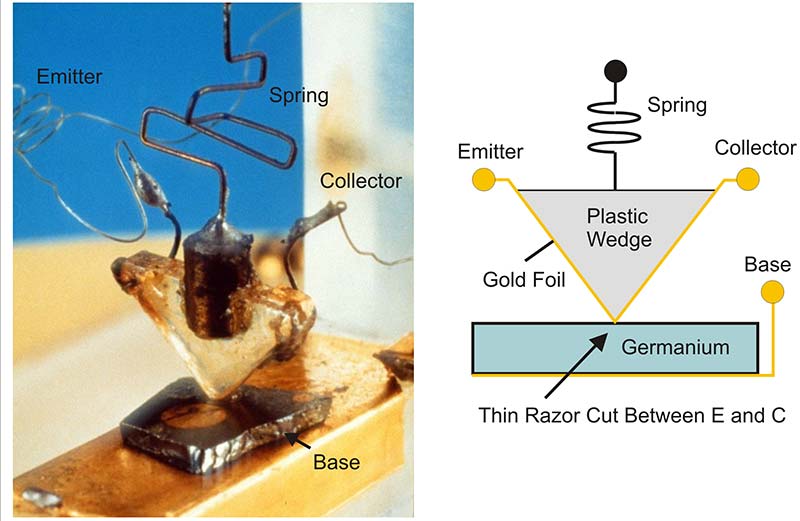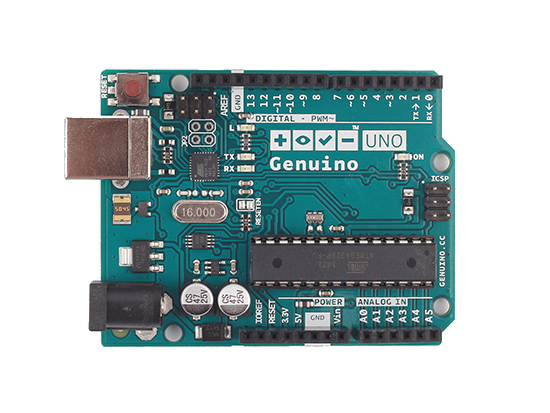Electronics
An introduction to electronics, starting from its birth until today.
What is electronics?

Electronics is a subject involved in studying signal analysis, digital computation, signal filtering, processes automatization, energy storage and conversion, and improvement of our everyday lives.
This field is focused on controlling electrical quantities such as voltages, currents, and electrical charge, through their manipulation or capture and subsequent analysis. Analogical signals can be translated into discrete values (processable then by a computational logic) and digital signals can be applied to external electronic modules, to perform measurements and to interact properly with the surrounding environment. This subject is deeply connected to many other sciences by nature, so studying electronics means, in many cases, studying other scientific topics, and this is the main reason why electronics finds many applicative fields, from medicine to space exploration, from problem-solving (deep-learning and artificial intelligence) to physic modelling, from telecommunication to transports, from web-related applications to finance and so on.
At the beginning there was no difference among different types of electronics - everything was analogue stuff, but now designers can be divided into many sub-sectors, according to their specialization area: some of them are interested in small and special-purpose system design, other ones, instead, spend great efforts improving microprocessors efficiency and performance, other ones again study how to reduce area and power consumption of highly-integrated circuits...As you can see the required electronic knowledge is huge and you'll need to specialize in one of these branches.
Application fields of electronics
As a newbie, it could be very difficult to find an easy path in the electronics application fields jungle so you can find some examples in this section.
- Industrial applications electronics helps to automate productive processes, communication between machines, control industrial plants...
- Research applications high-sensitivity systems, high precision measure systems, sensors interface and data exchange, acquisition systems are often used in this area
- Medicine development of new electronics-based technologies, tele-surgery, ECG stations, vital parameters monitors, more and more accurate and reliable instruments for screenings and tests are the most required application fields of electronics
- Data manipulation digital filters, big data management, high performance GPU, hardware encryption units, encapsulation of data over networks...
- Domotics a new frontier appears in front of us; electronics is exploited to design systems to improve building efficiency (i.e. gas monitor, water consumption, internal temperature management...), to automate functions like auto-cleaning, power-saving, automatic shutdown of unused household appliances...
- Transports today all public and private transports are controlled and driven by human operators. To reduce the stress on the drivers, automatic driving systems are more and more used. The next frontier, as an example, is the self-driving car.
- Artificial intelligence This is one of the newest interesting fields; it is deeply connected with computer science, but electronics must be properly designed to support fast and complex calculations as required by AI.
- Finance hard to believe but electronics is fundamental in finance too; the whole electronic market needs some hardware to work. Also, new currencies like Bitcoin have special needs from a computational point of view (see Mining).
- Many other like optics, music, astronomy, automotive, aerospace, theoretical physics and maths...impossible to list all of them.
Now it's up to you: find your way and learn as much as you can!
A bit of history
Even if electronics has spreading a lot during these last years, this science was born a long time ago, mainly in the second half of the 19th century. It was very distant and different from modern electronics but fundamental for the future development. However, the physics behind electronics was described for the first time hundreds of years B.C. and probably observed even before! Thales of Miletus talked about static electricity for the first time around 600 B.C. when he noted that amber can attract another light object when intensively rubbed: amber in Greek is called, in fact, 'elektron'.
For many years electrical phenomena were ignored (mechanics and dynamics advanced a lot) until the XVIII century: during this time the first rudimentary aspects of electricity were studied and understood: the difference between insulating and conducting materials, identification of positive and negative charges with related forces, effects on organic tissue (experiments on frog legs), the impact of electricity on chemical phenomena and so on.
The best advancements were made in the XIX century when the first motor was created. Moreover, physics advanced a lot and scientists struggled to find a good model to describe, in a unique way, the interaction between electrical phenomena and chemical/mechanical effects: Maxwell's equations were published just in this century.
Finally quantum mechanics came up: very difficult, counterintuitive, anomalous. This was the basis of modern electronics, so every time you write a C code and compile it, please remember that this is possible thanks to the huge amount of electrons passing through some MOSFET channel and to the people who discovered the physics behind such beautiful devices ;)
In the XX century, the first practical application of electronics was based on vacuum tubes (called also thermionic valves), rudimentary devices that could act as a switch or as an amplifier by applying a defined voltage to two or more electrodes. There were principally two vacuum tube types: diodes and triodes (which had nothing to do with their modern version, since, today, the latter ones are entirely based on semiconductors).

Diode vacuum tubes
A vacuum tube-based diode is a device able to block an electron current in one direction while allowing it to pass in the other one. It is the most basic active device in electronics. You can think of it as a bulb with an electron-emitting filament (heating metals to very high temperatures gives some electrons energy enough to escape it; if there is no external electric field such electrons will be partially scattered and other ones will be reabsorbed by the filament itself). At the other side of the bulb there is a metal plate, eventually positively charged through a battery or similar; this allows extracted electrons to be accelerated by a static electric field and so a current is allowed to flow. Such a phenomenon is called thermionic emission, the energy required to extract electrons from the hot cathode is called the 'work function' of the metal. As you can imagine the amount of power required to heat the cathode was very high, like the voltage to be applied between the common terminal and the plate to accelerate electrons.
Triode vacuum tubes
Triodes were used as switches and amplifiers rather than pass/block devices. They were built starting from diodes with an additional grid between the hot cathode and the plate; it was possible to amplify a small voltage signal into a higher voltage by connecting the input voltage source between the common terminal and the grid terminal, thus modulating the total electric field applied to the extracted electrons.
Semiconductor devices

Around 1940, the first results from new studies on semiconductor electrical properties came out. The first three terminals semiconductor device was a point-contact BJT transistor, developed at Bell Laboratories by three physicists (Shockley, Brattain, Berdeen). Compared to thermionic tubes, it was smaller, reliable, faster and more importantly, it didn't require a huge amount of energy to operate! It was made of two gold foils acting like the modern emitter and collector, a substrate made of doped germanium (both p and n) and the initial configuration was common-base: a small holes current injected (e.g.) in the emitter allowed a higher current to flow from collector to base, between two or three times higher. Common base current gain α was around 2 or 3 (today ~1), and common emitter current gain β was close to 1 (today from 10 to 300 circa).
How to begin as a newbie
Low level programming approach
We can say that electronics is fifty per cent theory and fifty per cent practice, so you'll have to study a lot at the beginning but at the same time you'll need feedback from some practice: for this reason, you are suggested to buy a very simple and basic development board like Genuino-Uno, originally developed and produced in Italy and to play with it. This is one of the most widespread boards, especially among newbies, since it requires a very basic knowledge of C and has a big support community, always there to help you.

After the first steps with Genuino, you will have a very general view of how a microcontroller works, so you will need to learn something about the world of embedded systems: you'll learn to use all the peripherals on a microcontroller by setting the appropriate registers and, possibly, without relying on high-level libraries.
Starting from such a simple microcontroller should help you to gradually approach more complex ones, like ST STM32 family, TI AM3358 and so on.
Energy conversion electronics
If you are not interested in programming microcontrollers, processors, PLDs... and you have always been interested in power conversion systems, well...it's not easy since you can't do much by yourself at home. You can start disassembling power supplies from old computers and try to reverse engineer them (I tried two times, very helpful and interesting to see other design ideas and tricks but you need time to see the first practical results) but nothing more than this. However, it could be good - PAY ATTENTION WHEN HANDLING POWER ELECTRONIC CIRCUIT UNDER LINE VOLTAGE!
Low voltage circuit
If you are more into analog or digital circuits you can buy some basic components from the internet of the closest hardware store and start with very simple counting digital circuits or very basic amplifiers. Just to give you some ideas, the first experiments I did when I was still a child were related to digital up and down counters, BJT and opamp-based amplifiers, low-frequency oscillators and so on.
Comments
Be polite and respectful in the comments section. In case of doubts, read this before posting.
Posted comments ⮧
Comment section still empty.
INDEX
INFO
STATISTICS
CONTACTS
SHARE






